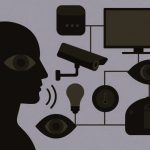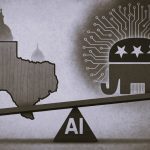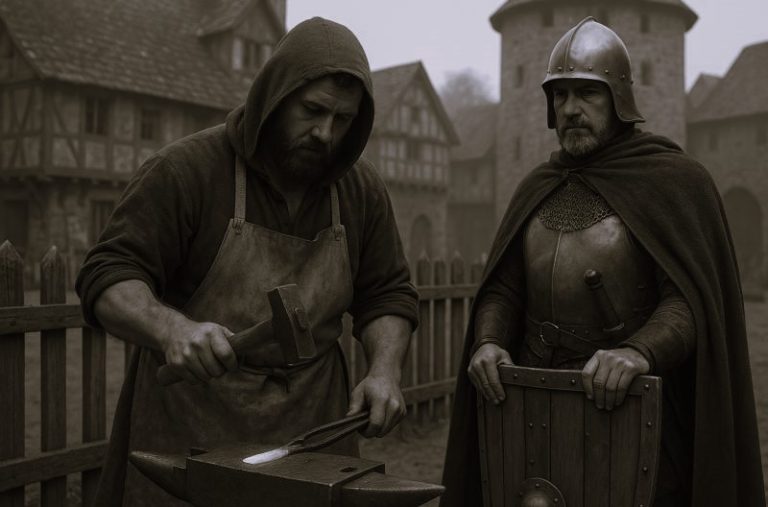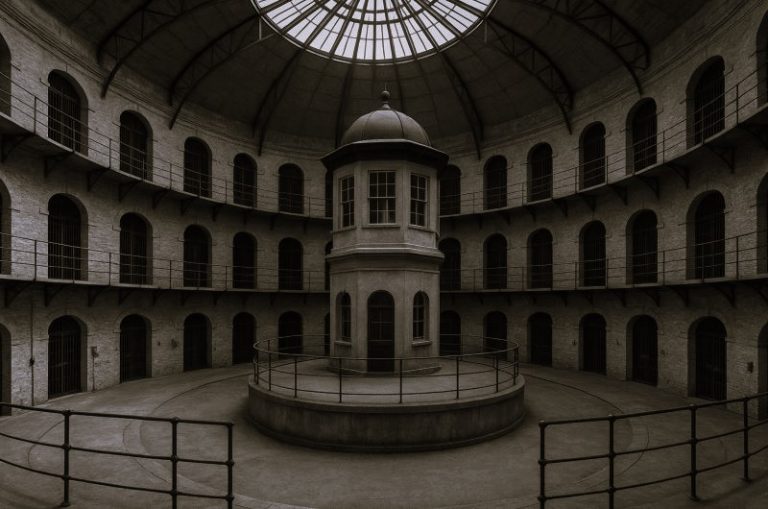
Twenty years from now, there will be no eyewitnesses left to tell their stories.

By Dr. David L. Hoffmann
Distinguished Professor of History
The Ohio State University
Only twice in world history have we seen the use of atomic weapons—the bombs dropped by the United States on Hiroshima and Nagasaki, Japan at the end of World War II. On August 6, 2015, I was in Hiroshima for the anniversary of the bombing and was able to witness how the Japanese commemorate these tragic events.

That morning at the Hiroshima Peace Memorial Park, the Japanese government held a large ceremonial gathering, attended by many foreign diplomats including the United States Ambassador to Japan, Caroline Kennedy. As a bell tolled, a moment of silence was observed at 8:15 am, the precise time the bomb detonated 70 years before.

As in prior years, Japanese Prime Minister Shinzo Abe spoke at the ceremony. Significantly, he did not include in this year’s speech a pledge to observe the country’s three non-nuclear principles—not to possess, produce, or permit nuclear weapons on Japanese territory. Abe’s omission was sharply criticized in Japan, and three days later in Nagasaki he did make such a pledge. Historical commemorations, of course, are often linked to contemporary politics.

The official ceremonies took place near the Hiroshima Peace Memorial Museum. The museum contains maps, photographs, and objects—a melted tricycle, a clock stopped at the moment of the bombing, and the tatters of clothing worn by victims. Exhibits highlight the incineration of virtually everything within a two-kilometer radius of the blast, as well as the horrible effects of radiation on people who lived outside the center of the city.

Following the official ceremony, smaller gatherings were held where survivors of the bombing spoke. I found their stories to be the most meaningful part of the commemorations.
One elderly woman, who had been a girl during the war, survived the bombing because she lived on the outskirts of the city. She nonetheless was slammed to the ground by the atomic blast. The sky then turned dark with dust and debris, followed by a black, oily rain that fell on the city.
In the hours after the bombing, she saw victims who were burned so severely that they had little skin left on their bodies. Several cried out for water, though when she fetched one man a cup of water, he died soon after drinking it. With buildings destroyed and fires spreading throughout the city, she huddled in a nearby field, hoping in vain for her father to return home.
Another survivor described how, following the bombing, he and others from Hiroshima were shunned within Japan. These hibakusha, literally “explosion-affected people,” were assumed to have absorbed radiation that, even years later, might contaminate others.

As he traveled throughout the country, he learned to keep quiet about his city of origin, and even within his family people did not talk about the bombing. He went on to say that in more recent years there has been public discussion and far greater compassion for survivors of the bombing, though he is still asked if he is bald due to radiation.
Twenty years from now, there will be no eyewitnesses left to tell their stories. The monument and museum will remain, the eternal flame will continue to burn, and politicians will still give speeches. But first-hand memory will disappear. The atomic bombing of Hiroshima will pass forever into the realm of history.
Originally published by Origins: Current Events in Historical Perspective, 08.30.2015, from the history departments of The Ohio State University and Miami University, as open access material for non-commercial, educational purposes.







